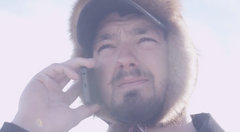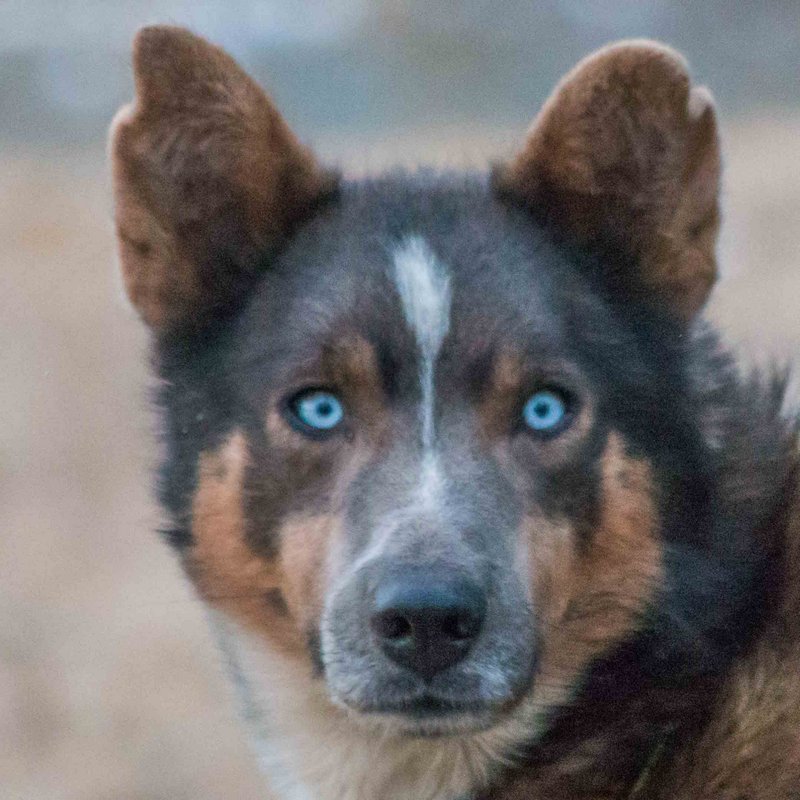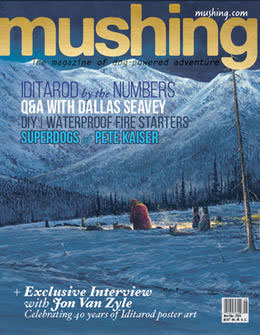Good Morning Race Fans!
Pete and the Team are into the Nulato checkpoint this morning at 7:48am this morning with 10 dogs in the Team. I was looking at trail times between Galena and Nulato and thought they looked a little slow, so I did a little digging into the archives.
It has been awhile since the Iditarod has run this route, so you have to go all the way back to 2016 to get an idea of race times. In years since, a Fairbanks restart with a Huslia trail was part of the race due to warm temperatures in Alaska.
Take a look at trail times for those years:
It looks like the trail times are pretty consistent with times past. Often you can’t really look at the fastest trail time in the archives because often the fastest checkpoint to checkpoint times are completed by Teams later in the race.
Weather conditions in the area are a warm 30F, overcast with light snow and light winds. Teams are now challenged with changing their race strategy based on changing conditions in the villages. The Nulato checkpoint is out on the river, so Mushers don’t really have a place to get out of the weather. After they care for their Teams, it will be critical that they take care of their personal gear to stay dry and warm themselves. Hypothermia doesn’t just happen in very cold temperatures and often occurs in mild temperatures. Staying dry is going to be a key issue for much of the next part of the race.
Shaktoolik is no longer a checkpoint in the race which is an even larger issue. Supplies have been moved to Old Shaktoolik out of town, but there will be no Iditarod personnel on site. This means no drop dogs and again not a place to take a break. This totally changes strategy for Pete. As veteran Kaiser Fans will recall, in several races past, Pete has camped out before Unalakleet to make the Kaltag to Shaktoolik run in two long runs. This “slingshot” strategy has paid off for several Teams as it puts them further up the trail. It will be interesting to see how Teams deal with this new challenge.
As Aaron Burmeister remarked about it in Galena, “It’s the Iditarod and you just have to take it day by day.” In the last couple of southern route races Eagle Island has been a challenge in terms of supplies and Mushers always figured out a way to contend with the challenge. As Aaron continued, “the change affects all of the mushers equally.”
Pete still has to take his 8 hour layover and is traveling with Teams that already have completed that mandatory break. It is hard to gauge exactly what position he is traveling because he has good speed over some of the Teams who have taken the break. I’m thinking he either takes it at Nulato now, or in Kaltag. I’m sure he’s mentally going over all of the possibilities of the loss of Shaktoolik and how to get his Team to Koyuk, which is the ultimate goal in the next day or so. Sunday is our traditional day in Unalakleet and then up the coast we go.
He has a couple of alternatives– He could break now and then try to make two long runs to Unalakleet, or he could break for a shorter amount now and then head to Kaltag and take the 8 hour and head for Unalakleet and see how it goes. Shaktoolik isn’t halfway to Koyuk, so it’s in an odd place. Teams don’t often break at the shelter cabin between Shaktoolik and Koyuk, but Nic Petit and Dallas Seavey have used that strategy. I don’t have trail reports on the trail between Shak and Koyuk yet, but it can totally be a bear and has exhausted mentally many mushers over the years.
This curve ball is what makes the Iditarod so special. It’s never the same and it’s always exciting to watch!
Here’s a little about Nulato from Wikipedia- Kind of gives a little insight as to why the Elders are a little gunshy about the Covid-19 virus:
Nulato was a location for trade between the Koyukon people and Inupiat people of the Kobuk River area before the arrival of Europeans.[citation needed]
In 1838, the Russian explorer Malakov established a trading post in Nulato.[6]
After the Alaska Purchase, a United States military telegraph line was constructed along the north side of the Yukon River. The gold rush along the Yukon River that began in 1884 brought many new diseases to the area and many people died. Our Lady of Snows Roman Catholic mission and school were opened in 1887 and many people moved to Nulato to be near the school. A measles epidemic and food shortages during 1900 reduced the population of the area by one-third. 1900 was also the peak year for steamboat travel on the Yukon River, with 46 boats in operation. That summer, two boats per day stopped at Nulato to purchase firewood.
Stay Tuned!
Go Team Kaiser!!























